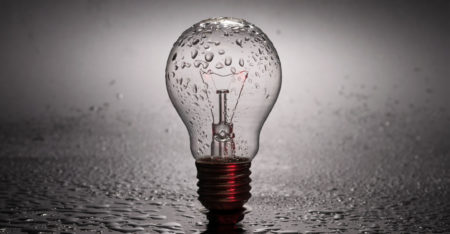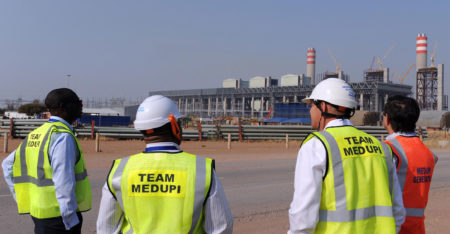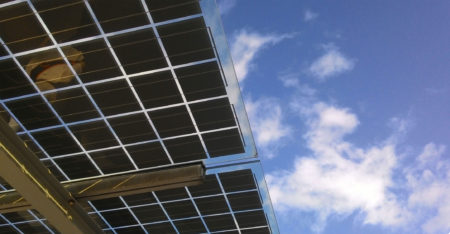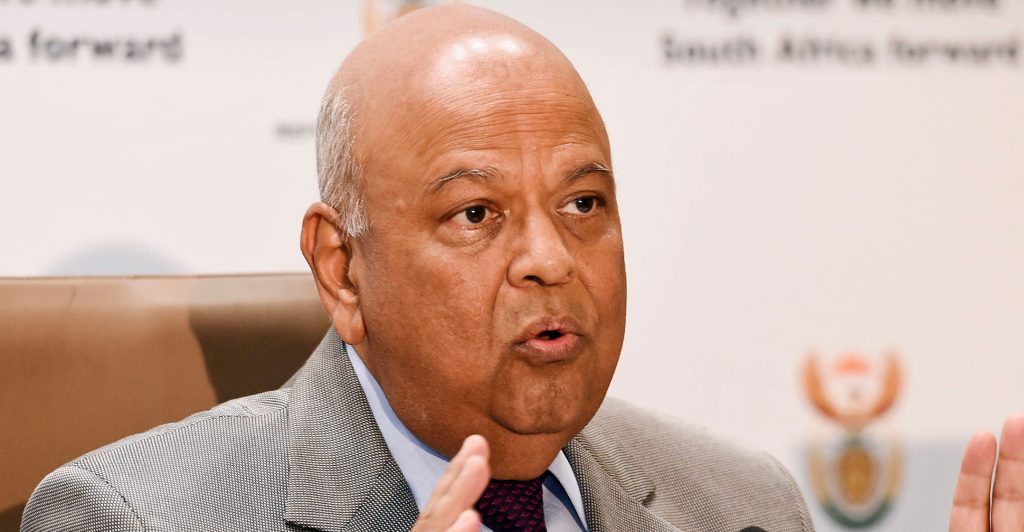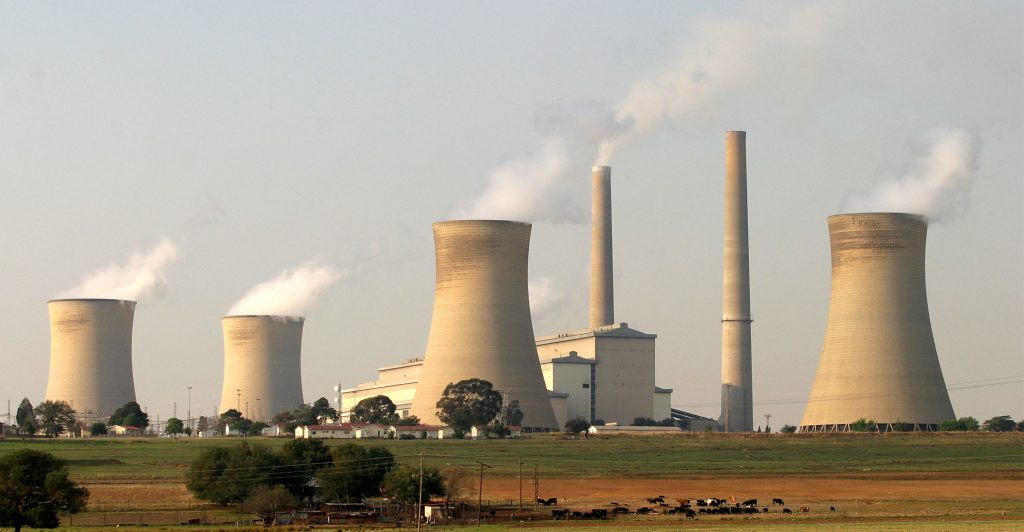The R100-billion debt support Eskom has requested from government is not nearly enough to return the struggling utility to sustainability, says Business Unity South Africa.
Author: Antoinette Slabbert
Much of the responsibility for the state of the dust-handling plant at the Medupi and Kusile power stations should be assigned to Eskom Generation rather than the contractor, says Jeremy Kirsch, MD of Clyde Bergemann Africa.
The failure of energy regulator Nersa to register small-scale solar photovoltaic installations in Eskom electricity distribution areas is costing farmers dearly, says Ig du Plessis, director of power consultancy Sonfin.
Public enterprises minister Pravin Gordhan on Thursday announced immediate plans to put an end to the load shedding that has been a daily occurrence countrywide since 29 November.
Eskom is locked into a permanent loss situation and revenue is structurally limited. Expenses have ballooned due to inefficiencies, and electricity tariffs are not cost-reflective.
Struggling power utility Eskom has extended its load shedding regime from four stages that allow up to 4GW of demand to be shed, or cut, to eight stages providing for up to 8GW to be shed.
Eskom has shut down 11 power station units due for major maintenance because it lacks the funds to fix them.
Eskom’s coal stockpile situation has deteriorated further, with five power stations having less than 10 days’ stock.
The Democratic Alliance announced on Monday that it will revive legislation to break Eskom’s monopoly on the generation and transmission of electricity by introducing a private member’s bill.
Eskom on Monday night narrowly averted load shedding despite a decline in peak energy demand compared to 2007 and the addition of more than 7.5GW of installed generation capacity over the last decade.


